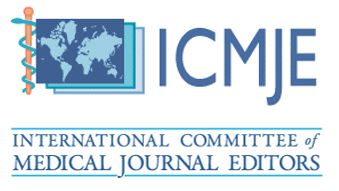The Buccal Fat Pad Technique an Option to Prevent Complications in Zygomatic Implants Surgery: 5 -13 Years Follow Up
Eduardo Jose De Moraes1*, Yerko Leigthon2, Sergio Olate3 and Luis Eduardo Benevides De Moraes4
1 OMFS, Instituto De Moraes (IDM), Rio de Janeiro, Brazil.
2 OMFS Universidad De Los Andes (UNIANDES) Santiago, Chile.
3 OMFS, Universidad de La Frontera (UNIFRON) Temuco, Chile.
4 OMFS, Universidade Federal do Rio de Janeiro (UFRJ), Rio de Janeiro, Brazil.
*Corresponding Author: Eduardo Jose De Moraes, OMFS, Instituto De Moraes (IDM), Rio de Janeiro, Brazil.
DOI: https://doi.org/10.58624/SVOADE.2023.04.0144
Received: July 20, 2023 Published: August 18, 2023
Abstract
Background: The extrasinus approach is a technique, with an implant placement of zygomatic implants with approach outside of the maxillary sinus. The technique reduces the risk of sinusitis and favors prosthetic rehabilitation, but there is a risk of soft tissue recession, exposure of the implant threads and contamination of the implant surface.
Purpose: The objective of this retrospective clinical study is to prove and present the benefits of the use of the Buccal Fat pad flap technique and its feasibility in preventing soft tissue complications in rehabilitations with zygomatic implants.
Materials and Methods: Patients from authors clinics in Brazil (IDM - Clinic – Rio de Janeiro) and Chile (Universidad de Los Andes – Santiago and Universidad de La Frontera – Temuco) with severe maxillary atrophy rehabilitated by maxillary full fixed prosthesis with zygomatic implants. Were installed two implants one in each side associated to conventional implants and in more critical conditions of bone atrophy, four zygomatic implants, two in each side were used. In cases with risk of an oroantral communication and were used extrasinusal approach (ZAGA concept), the buccal fat pad flap technique was used. The peri-implant soft tissue recession (PISTR) was evaluated by clinical examination and recession was scored on an ordinal scale: I = no recession; II = slight recession (implant head visible); III = recession with up to seven exposed threads.
Results: In the period from May 2005 to January 2013, a total of 147 zygomatic implants were installed in 52 patients (Men = 22 and Women = 30) with mean age of 56,9 years old, were submitted to surgery of zygomatic implants. In all cases, the buccal fat pad flap technique was used to prevent complications such as: mucosal resection or fenestration and exposure of the implants or oroantral communication, depending on the positioning of these implants. The patients were followed over the years and in 5 cases (3,4%) there was tissue retraction and exposure of the threads of an implant.
Conclusion: It can be concluded that the use of the buccal fat pad flap proved to be a simple and effective technique in the prevention of complications of soft tissue recession associated with the surgery of zygomatic implants installed with the extrasinusal technique.
Keywords: Zygomatic implants, buccal fat pad technique, extrasinusal approach, ZAGA concept.
Citation: de Moraes EJ, Leigthon Y, Olate S, de Moraes LEB. The Buccal Fat Pad Technique an Option to Prevent Complications in Zygomatic Implants Surgery: 5 -13 Years Follow Up. SVOA Dentistry 2023, 4:5, 162-171.











